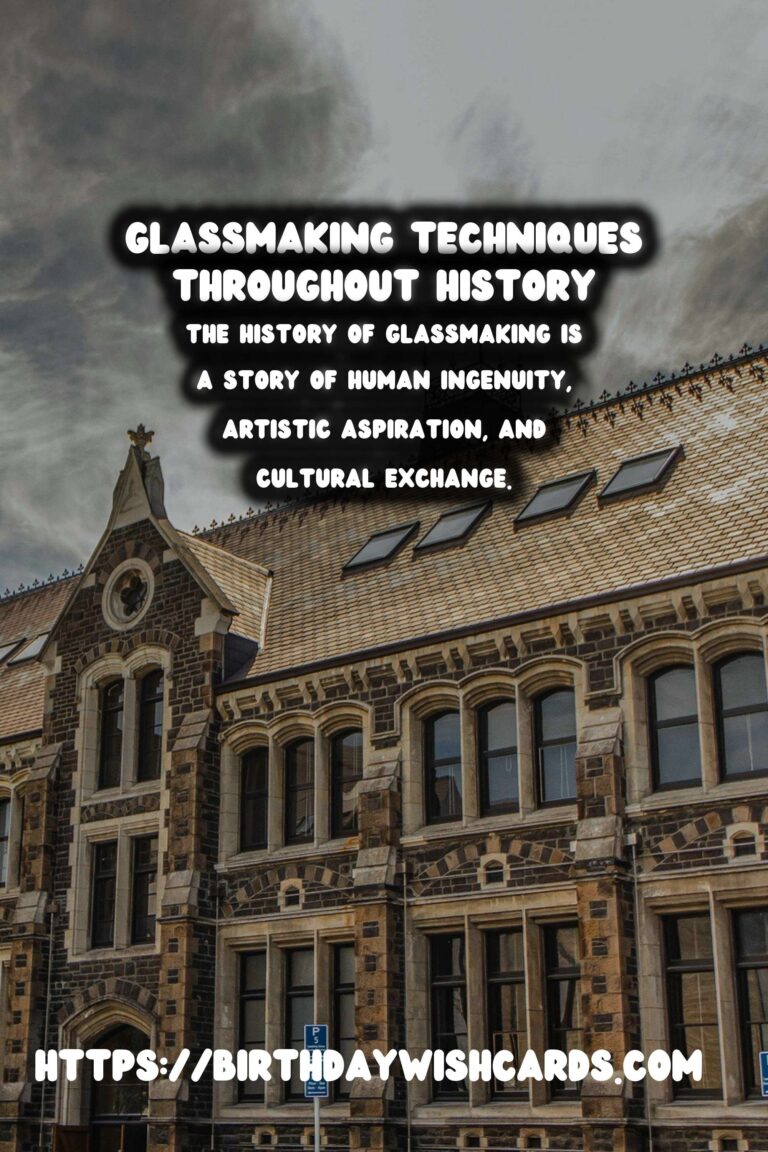
Glassmaking is an ancient craft that has traversed the sands of time, evolving into a symbol of cultural prosperity and innovation. Throughout history, this fascinating art has not only provided functional benefits but also inspired artistic expression. As we delve into the chronicles of glassmaking, we uncover its transformative role across various civilizations.
The Origin of Glassmaking
While the exact origins of glassmaking are shrouded in mystery, historical evidence points to its beginnings around 4,000 years ago in Mesopotamia. This ancient region, known for its inventive breakthroughs, set the stage for glass to emerge as a transformative material. Early glass artifacts, primarily small beads, reflect the initial experimental phase in glass production.
Evolution in Roman Times
The art of glassmaking flourished during the Roman Empire, marking a significant turn in its history. Romans honed the skill of glassblowing, a groundbreaking technique that allowed for more sophisticated and intricate glass items. This innovation enabled glass to transcend its utilitarian purposes and enter the realm of aesthetics and luxury. Roman glassware, with its fine details and diverse forms, became a highly coveted commodity, highlighting the social status of its owners.
Glassmaking in the Middle Ages
During the Middle Ages, glassmaking advanced significantly across Europe. Venice emerged as a central hub for glass production, primarily due to its mastery in creating clear glass, known as ‘crystal.’ Murano, an island in Venice, became synonymous with exquisite glass artistry. The Venetian leadership, recognizing the strategic value of their glassmaking secrets, mandated that all glassmakers live and work on Murano to prevent the spread of their valuable techniques.
Renaissance and Beyond
The Renaissance brought about a renewed passion for knowledge and the arts, and glassmaking was no exception. Innovations in the field were driven by scientific curiosity and a growing appreciation for art and design. The production of lenses spurred advancements in optics, paving the way for inventions such as the telescope and microscope. In this era, glass was not merely a tool or decoration; it became integral to scientific discovery and philosophical inquiry.
Modern Glassmaking and Cultural Impact
Today, glassmaking continues to reflect cultural sentiments and technological progress. Modern techniques have revolutionized the field, allowing mass production and the creation of complex glass structures used in architecture, such as the iconic glass pyramids of the Louvre in Paris. Furthermore, glass remains a beloved medium for artists worldwide, from the stained-glass windows of religious institutions to contemporary art installations.
Conclusion
The history of glassmaking is a story of human ingenuity, artistic aspiration, and cultural exchange. As we look through the lens of this captivating material, we gain insight into the societies that shaped it and the enduring influence it exerts on our modern world. Reflecting on its past allows us to appreciate the intrinsic beauty and utility that glass carries across time and space.
Glassmaking is an ancient craft that has traversed the sands of time, evolving into a symbol of cultural prosperity and innovation. The history of glassmaking is a story of human ingenuity, artistic aspiration, and cultural exchange. 
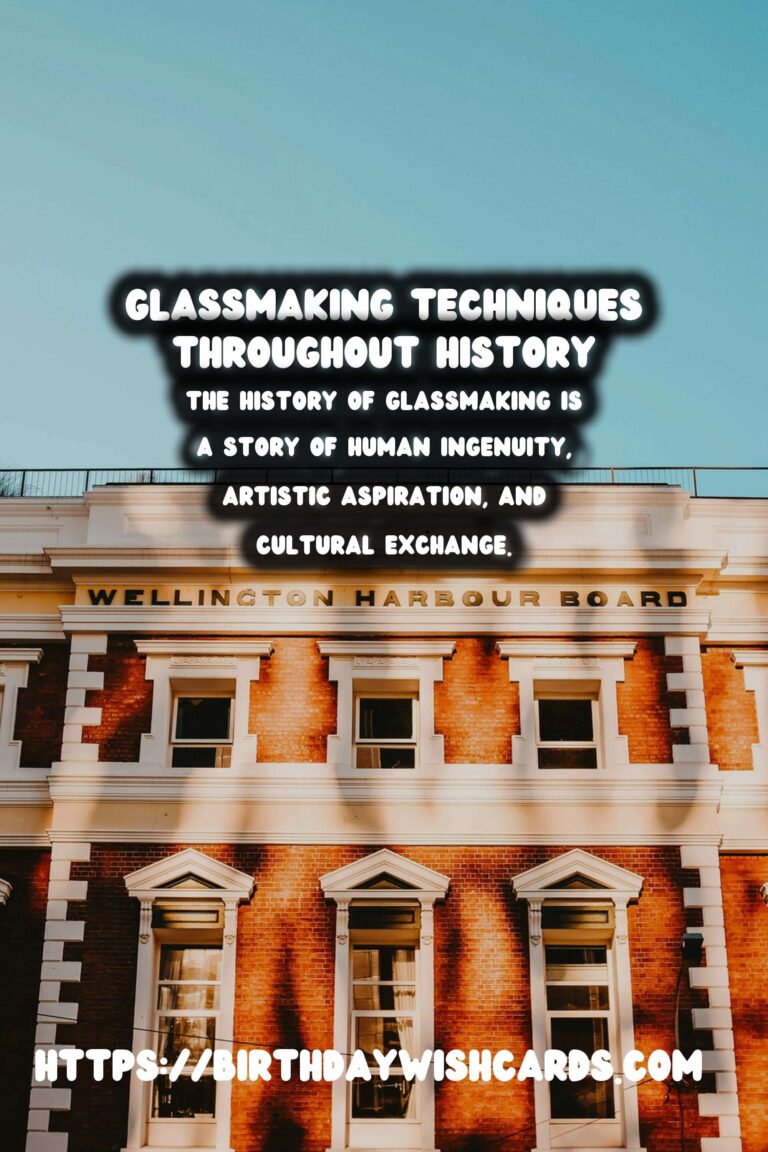
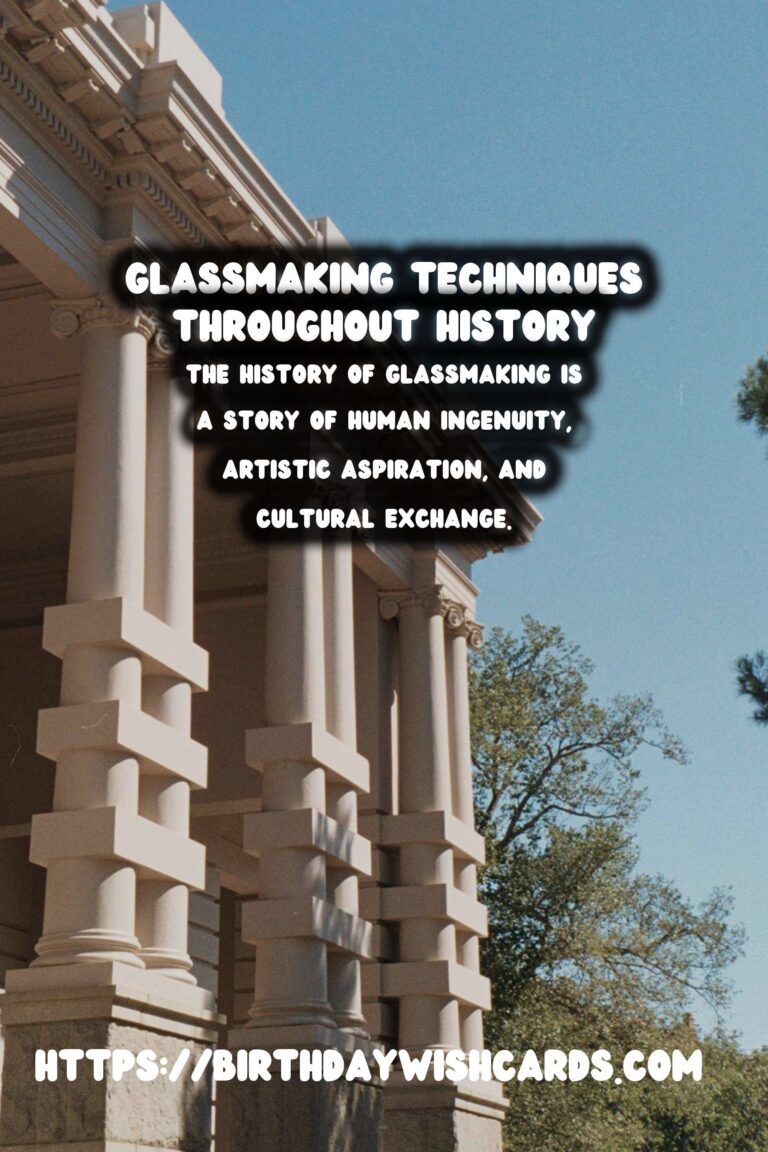
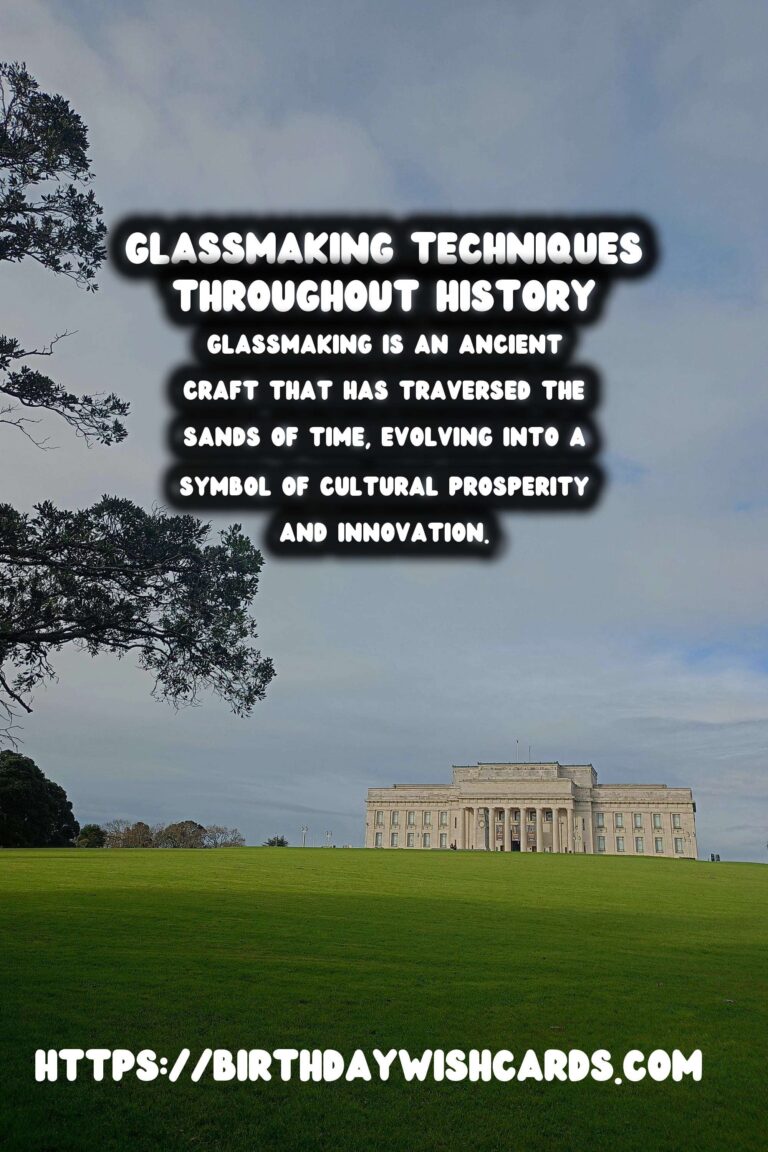
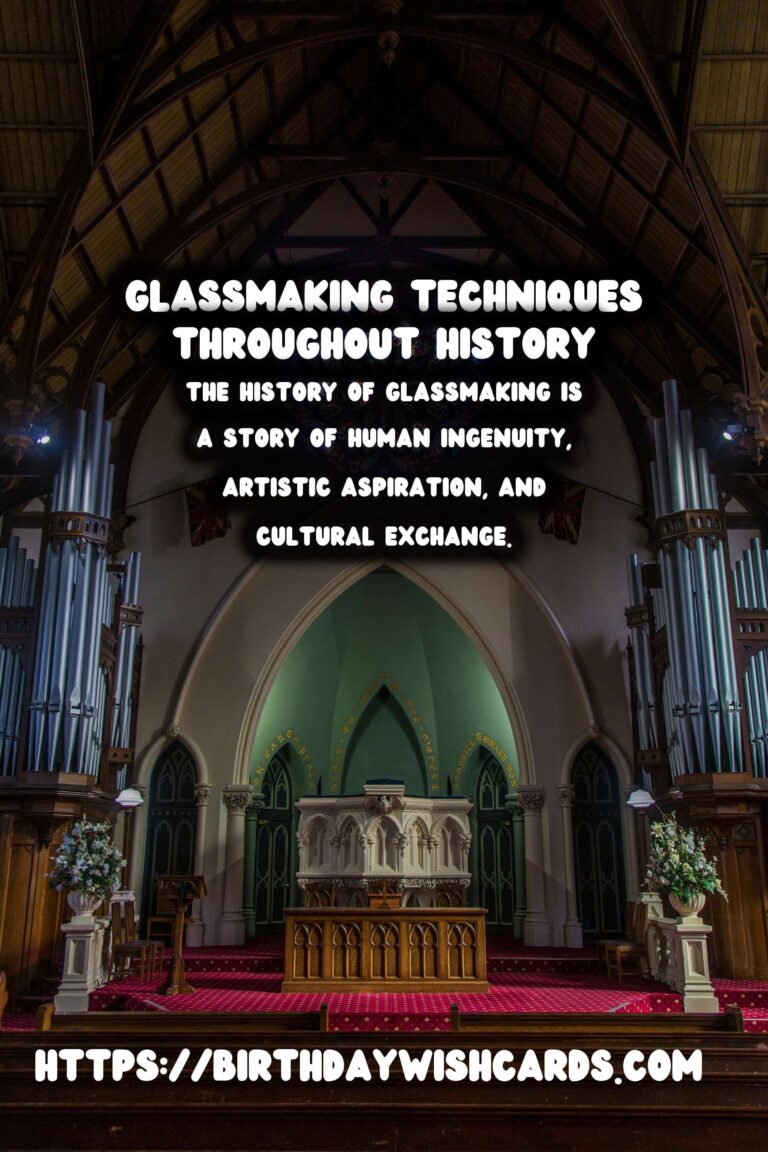
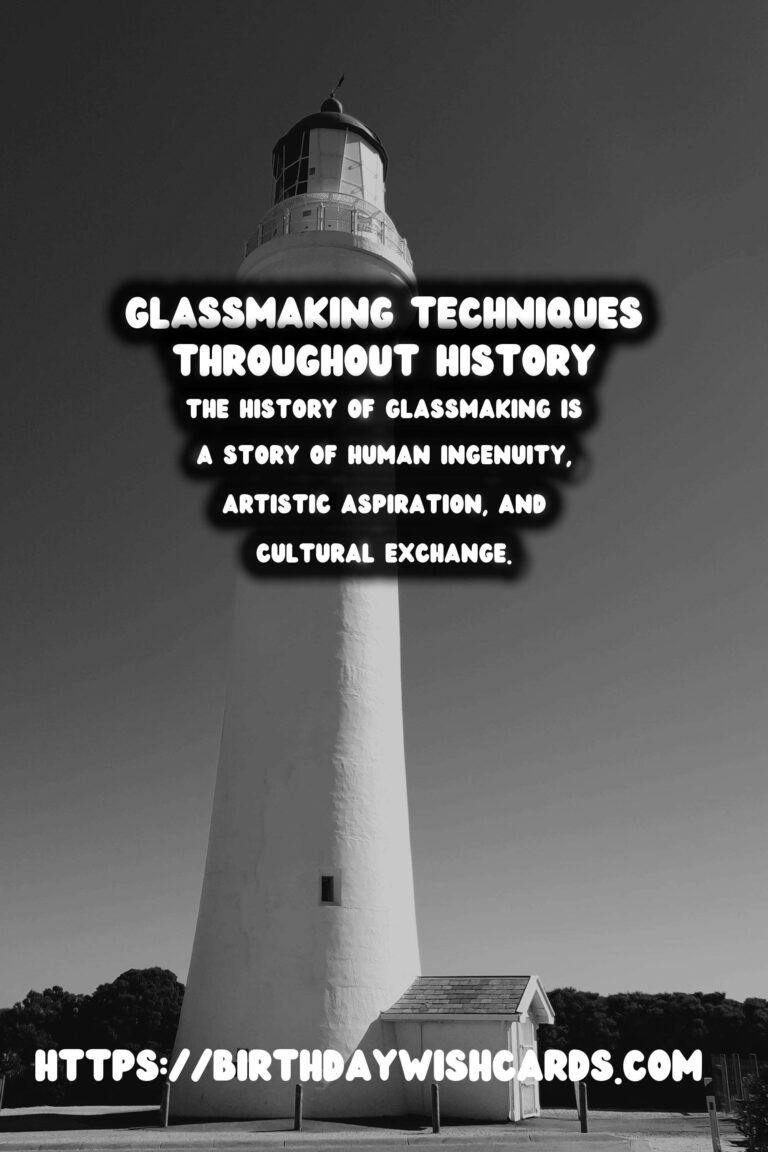

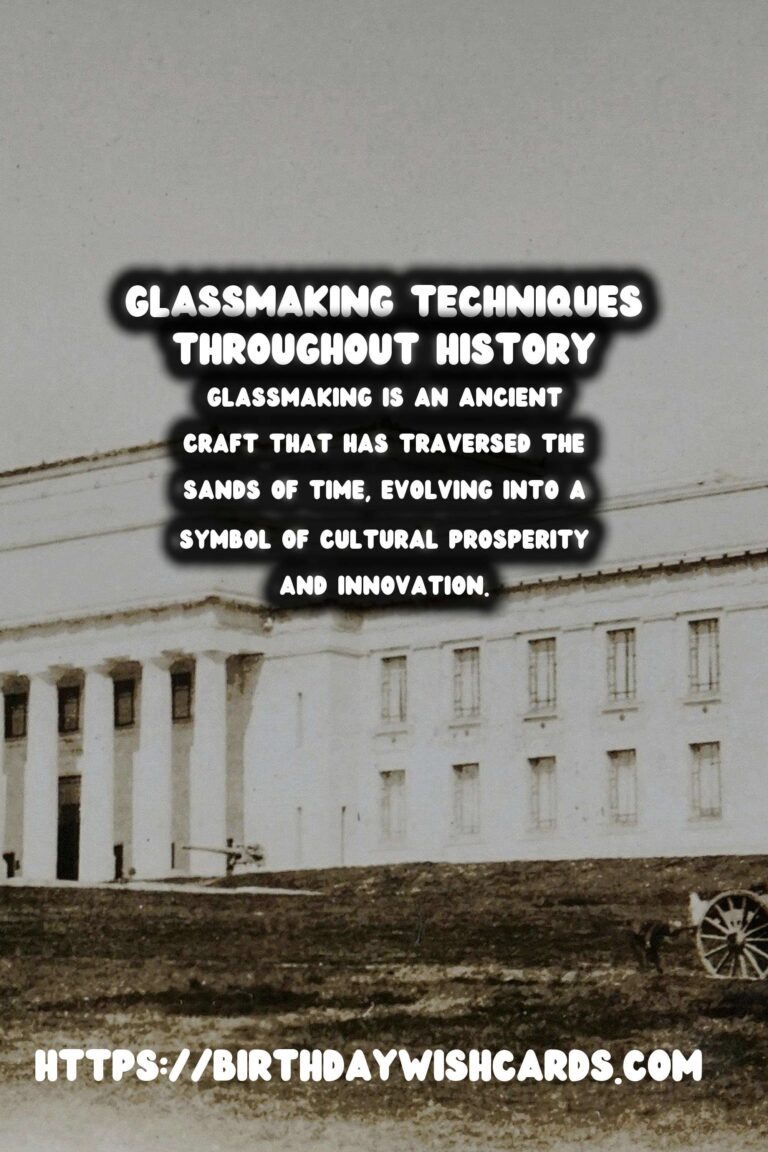
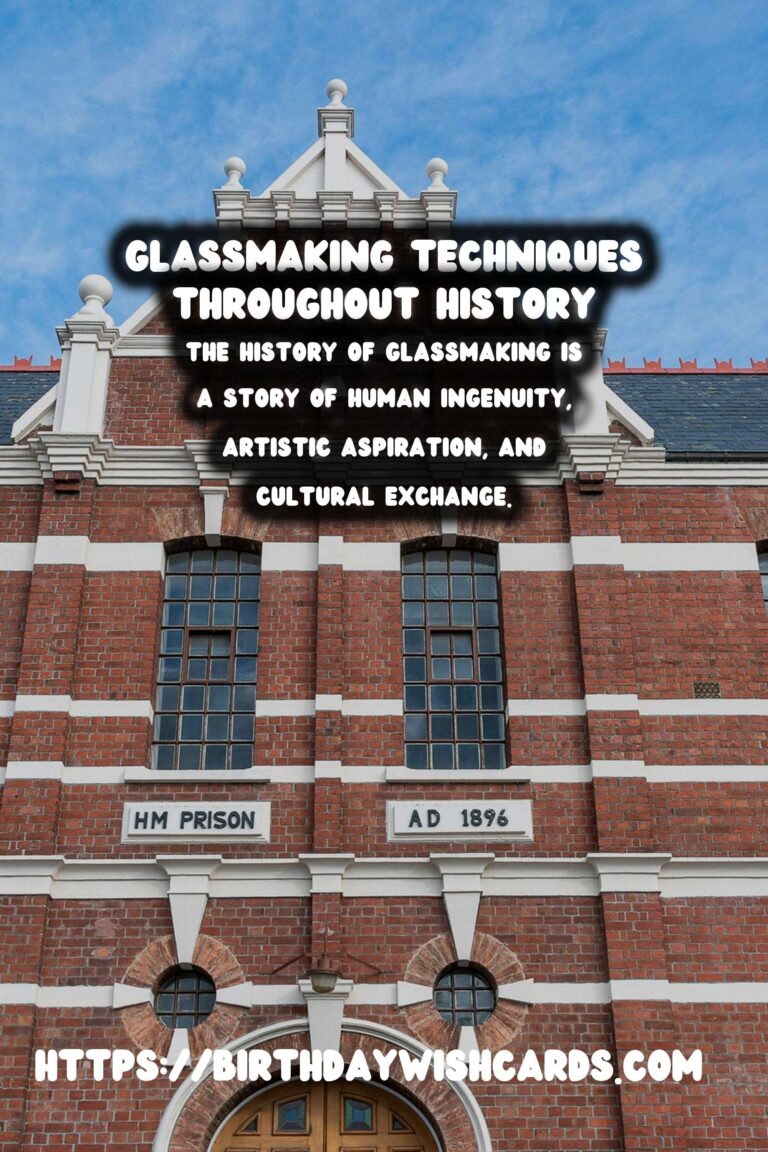

#Glassmaking #CulturalHistory




